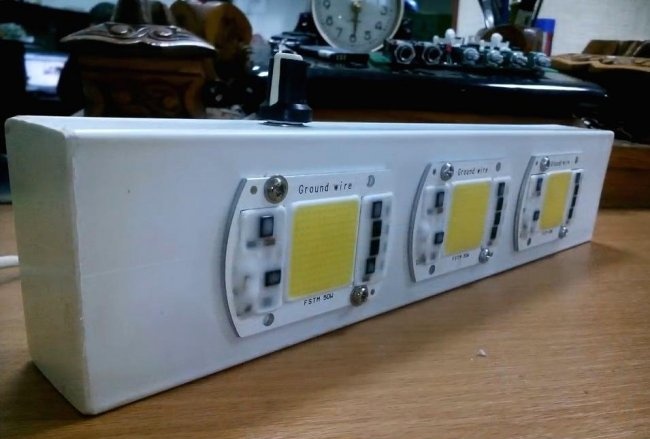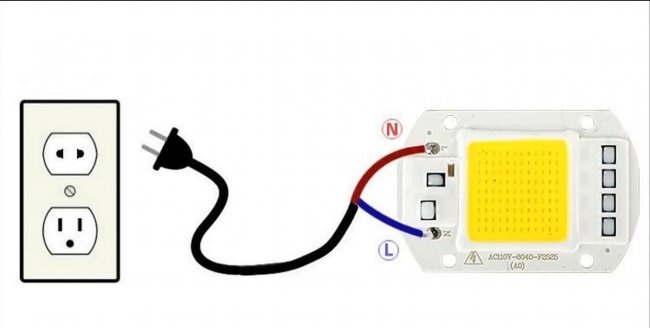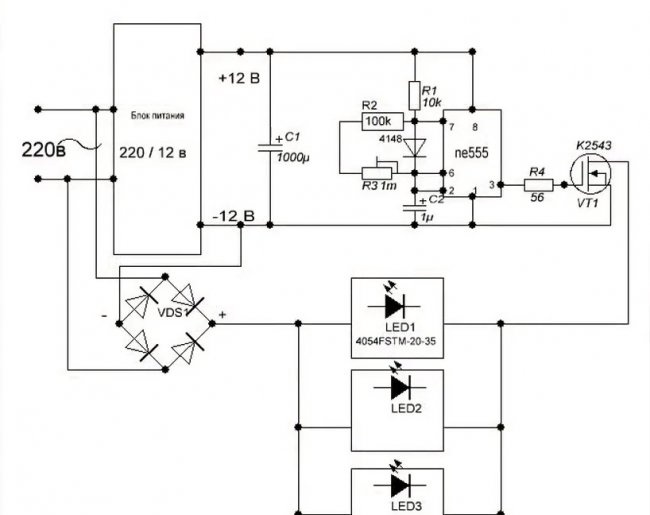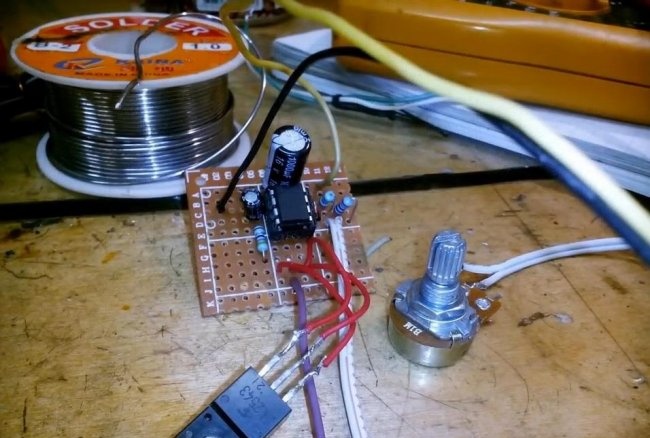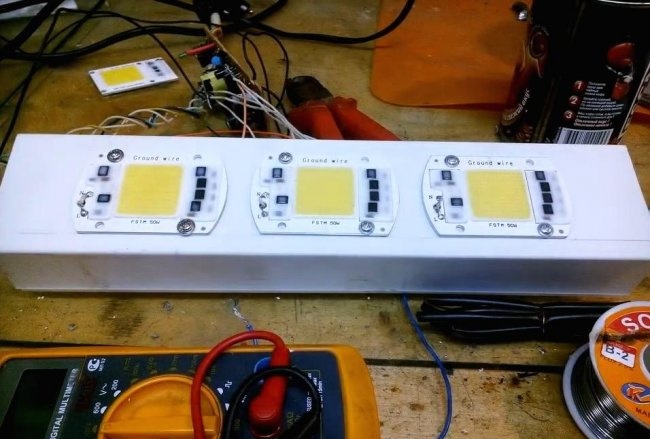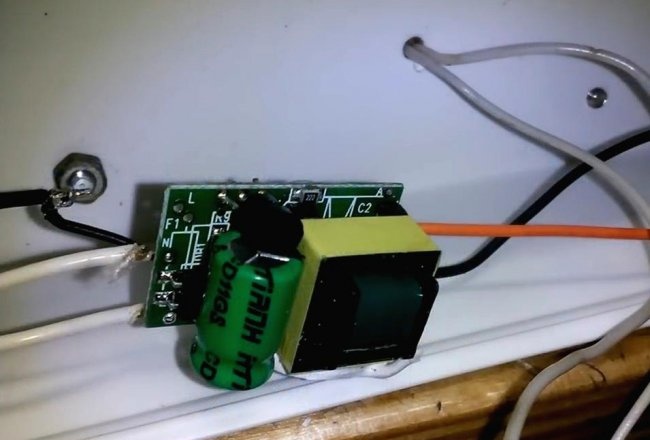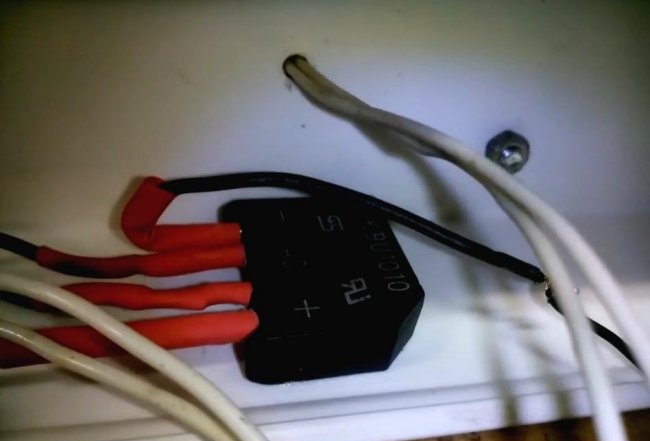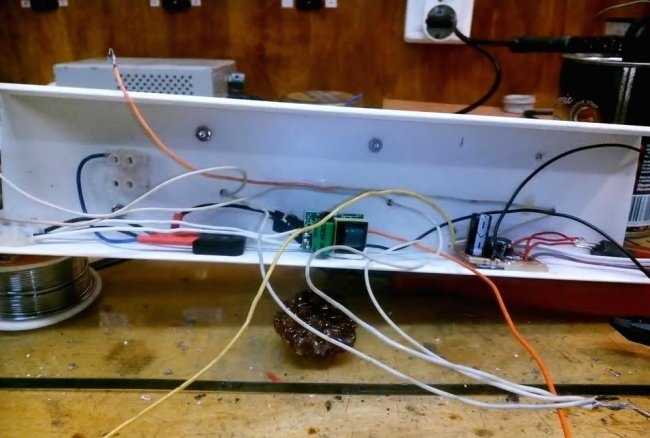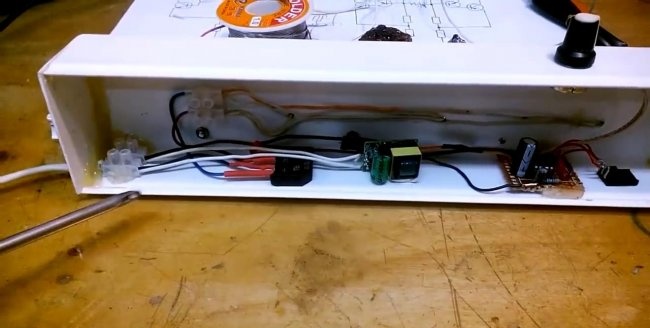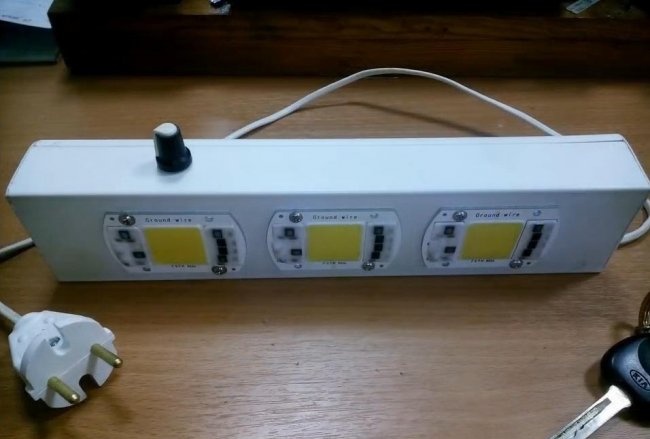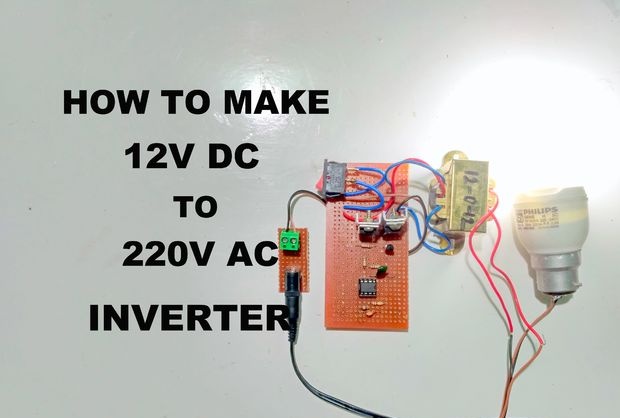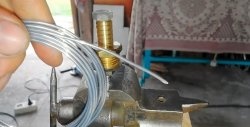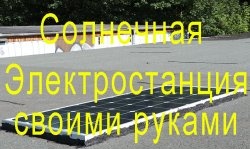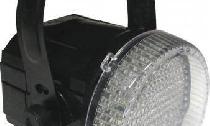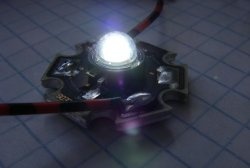DIY powerful strobe light
A very powerful LED strobe light that will perfectly complement any disco dance floor. A strobe light was built on three LED matrices with a total power of 150 W.
The principle of operation of the device is to give very short pulses of light (flashes) after a specified period of time. The action is very much like lightning during rain, when a completely dark room is illuminated by bright light for milliseconds.
During a disco it looks especially fascinating.
Details:
LEDs for mains voltage with built-in driver:
I would not say that the scheme is complex, rather simple. But it does not have galvanic voltage isolation, which means you cannot touch any element of the circuit during its operation and be especially careful during assembly.
Visually, the circuit can be divided into a 12 V power supply, a pulse generator, a rectifier and a ruler LEDs.
A short pulse generator is assembled on the NE555 chip. The time between pulses can be changed by rotating the knob of the variable resistor R3.
A field-effect transistor switch is connected to the output of this generator, which switches the voltage of 220 V in the power circuit of LED matrices connected in parallel to each other.
LED matrices are powered by direct current, which is rectified by a diode bridge. This is necessary so that you can switch the circuit with a field-effect transistor, which only works with constant voltage.
The stroboscope is assembled in a cable duct casing. LEDs screwed to the wide side, without radiators. Because Light-emitting diode is used somewhere around 2-5% of its power (pulse operation), then there is no need for heat sinks.
The side walls are cut from the same cable channel and glued with glue. A variable resistor is located on top to adjust the flicker frequency.
Circuit blocks in the housing:
LEDs are very powerful and can damage your eyes, so it is not recommended to look at them while working. Strobe flashes are especially dangerous because the eye relaxes in the dark and the bright pulse penetrates directly into the retina.
We also do not forget that the entire circuit is under mains voltage, which is dangerous to life.
Unfortunately, the work of a strobe cannot be conveyed either through photos or video. Since even a video camera picks up a short pulse very poorly and in the end it is simply overexposed.
But I can say from myself that the strobe turned out to be excellent, the flashes were short and very bright. It looks very impressive, in general everything is as it should be.
The principle of operation of the device is to give very short pulses of light (flashes) after a specified period of time. The action is very much like lightning during rain, when a completely dark room is illuminated by bright light for milliseconds.
During a disco it looks especially fascinating.
Details:
- LED Matrix – link to aliexpress.com
- 12V source – link to aliexpress.com
- Transistor K2543 – link to aliexpress.com
- Diode bridge - link to aliexpress.com
- Chip NE555 – link to aliexpress.com
- Resistors and capacitors – link to aliexpress.com
LEDs for mains voltage with built-in driver:
Strobe circuit
I would not say that the scheme is complex, rather simple. But it does not have galvanic voltage isolation, which means you cannot touch any element of the circuit during its operation and be especially careful during assembly.
Visually, the circuit can be divided into a 12 V power supply, a pulse generator, a rectifier and a ruler LEDs.
Strobe operation
A short pulse generator is assembled on the NE555 chip. The time between pulses can be changed by rotating the knob of the variable resistor R3.
A field-effect transistor switch is connected to the output of this generator, which switches the voltage of 220 V in the power circuit of LED matrices connected in parallel to each other.
LED matrices are powered by direct current, which is rectified by a diode bridge. This is necessary so that you can switch the circuit with a field-effect transistor, which only works with constant voltage.
Strobe assembly
The stroboscope is assembled in a cable duct casing. LEDs screwed to the wide side, without radiators. Because Light-emitting diode is used somewhere around 2-5% of its power (pulse operation), then there is no need for heat sinks.
The side walls are cut from the same cable channel and glued with glue. A variable resistor is located on top to adjust the flicker frequency.
Circuit blocks in the housing:
Warning
LEDs are very powerful and can damage your eyes, so it is not recommended to look at them while working. Strobe flashes are especially dangerous because the eye relaxes in the dark and the bright pulse penetrates directly into the retina.
We also do not forget that the entire circuit is under mains voltage, which is dangerous to life.
Result of work
Unfortunately, the work of a strobe cannot be conveyed either through photos or video. Since even a video camera picks up a short pulse very poorly and in the end it is simply overexposed.
But I can say from myself that the strobe turned out to be excellent, the flashes were short and very bright. It looks very impressive, in general everything is as it should be.
Watch the video
Similar master classes
Particularly interesting

Cable antenna for digital TV in 5 minutes
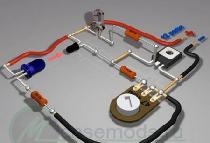
A selection of simple and effective schemes.
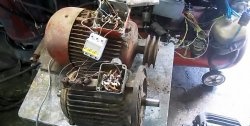
Three-phase voltage from single-phase in 5 minutes
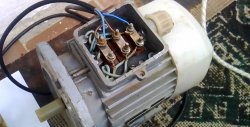
Starting a three-phase motor from a single-phase network without a capacitor

Eternal flashlight without batteries
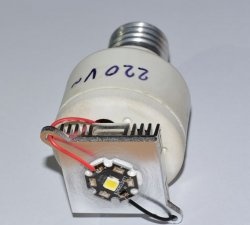
How to make an inexpensive but very powerful LED lamp
Comments (18)

